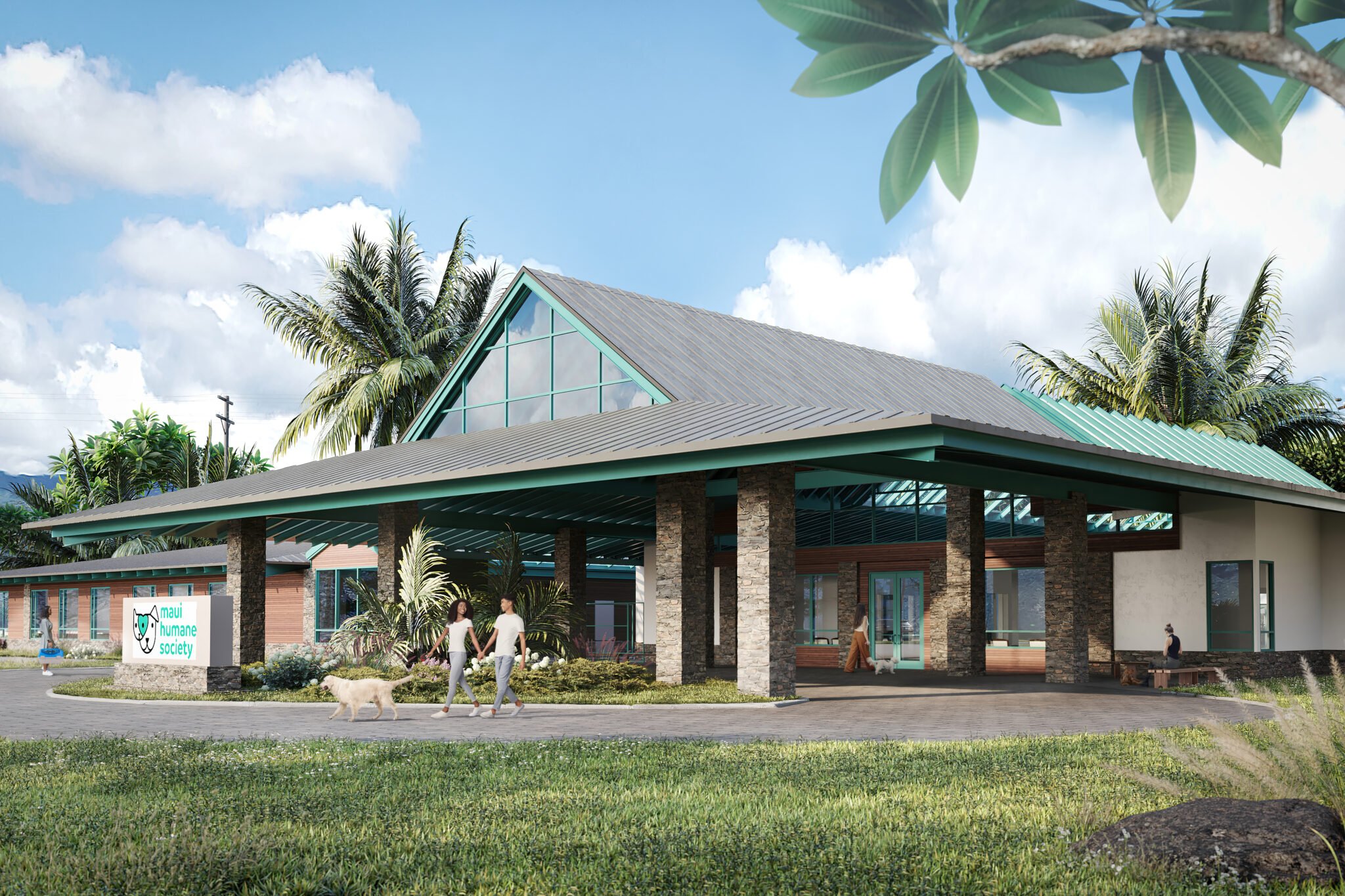One of the first services we generally perform for many of our animal shelter clients is a Needs Assessment. It’s often easy to see that your current facilities aren’t working for you as they should, spaces aren’t inviting, offices and workspaces are overcrowded, finishes are cracked or peeling, animals are housed in ways that add to their stress, completing tasks is harder than it should and could be.
But knowing how to solve these problems is often more complicated. Is a renovation the answer, or a new build? Is a new location, or a second location part of the answer? And, how do you address the real priorities for any facility upgrade – improving animal and staff health and well-being, upping adoption rates, lowering lengths of stay, providing better services to your community, and fulfilling your mission.
A Needs Assessment provided by a knowledgeable animal care design specialist can be a very important first step in answering these questions and setting your project on the correct path.
We begin our Needs Assessment process by collecting historical data from your organization, including intake numbers, lengths of stay, outcomes, etc. and a wish list for the new facilities. This information gets synthesized into a capacity model, and using peak intakes, we can gauge the amount of housing you will need in the new facility. We also look for flexibility in developing housing to help you meet changing demands throughout the seasons and in the event of unusual circumstances like natural disasters.
With this information in hand, we generally move on to a site visit to assess your current facilities, learn what works and what doesn’t, and then host a Needs Assessment Workshop. Our workshops are designed to be highly interactive. First, we talk about industry trends and best practices to help everyone see what a new or renovated facility could look like and how it could help with those bigger priorities. We then finetune the capacity numbers and create a building program. A building program is a fancy spreadsheet that lists all the spaces you want in the new or renovated building and calculates walls, hallways, etc. in the background so that we can provide you with an accurate total building square footage and a rough conceptual cost estimate at the end of the workshop.
If you are looking at different options, a new build, versus a renovation, versus a fit out of an existing building, for example, we can include these alternatives during our discussions and the building program development and help you assess which of them will best suit your needs, goals, and budget.
During the workshop visit, we’ll hold a series of meetings with shelter staff by department in order to get a solid understanding of their needs and wants for new facilities. We are committed to designing the facilities that our clients need and want, so attaining buy-in from the people who will be working there every day is essential to the process.
After the workshop we will produce a needs assessment report that will include summaries of the meetings, the building program, any other relevant information, and our recommendations for the new or renovated facility. You will have the opportunity to review the report before we issue the final document.
The final report will be an excellent tool for presenting your needs and goals to city/county management, boards, donors, and any other stakeholders.
The Needs Assessment process is very individualized based on our clients’ needs and opportunities. Along with the typical components, we can also provide other services including:
- Assessing options for new locations based on proximity to people in most need, ACO drive times, accessibility, buildability, etc.
- Site planning to help you make the most of your new or existing campus, including creating inviting spaces for potential adopters, enrichment and play spaces for sheltered animals, and spaces for ACO vehicles to properly and safely unload animals.
- Creating concept designs for the new or renovated facilities to present a clear picture of how they could improve the services and care you provide to the community and animals.
- Helping to create a phasing plan for building the new/renovated facilities in both a cost-effective manner and in a way that best suits your organization’s needs.
- Creating fundraising drawings to bring the vision for the renovations/new facilities to life. Our clients have found these to be extremely helpful in fundraising and in sharing the goals of the project with their communities.
When you are ready to begin looking at options to improve your animal shelter facilities, let us know. We would be happy to have the opportunity to discuss how we can help!


